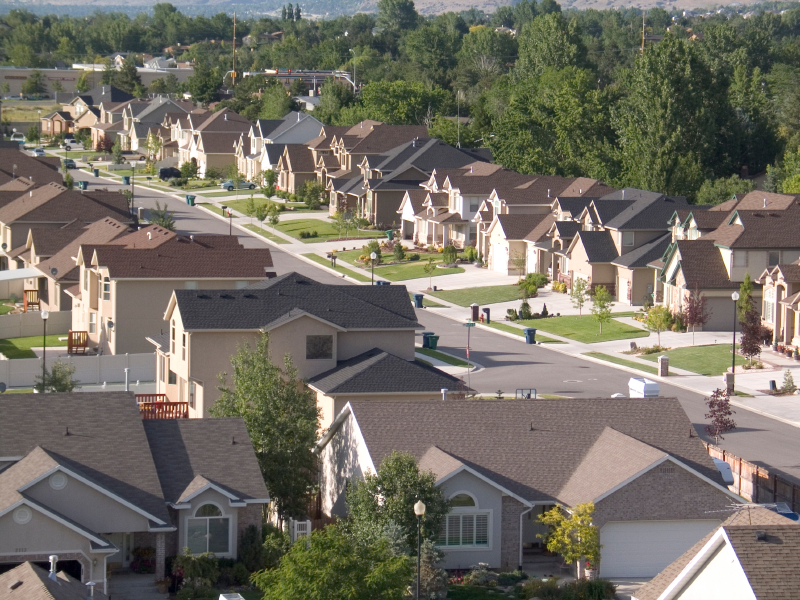Since nothing much happened this week, I thought I’d write about something really exciting: building codes!
Building officials from around the U.S. voted to beef up the energy efficiency standard in the 2012 International Energy Conservation Code by a tidy 30 percent for new homes. It’s kind of a big deal.
“Most new buildings are built to the code — no better and no worse,” Cliff Majersik of the Institute for Market Transformation, an efficiency policy group, said in a news release. “These changes to the model energy code will slash pollution from power plants and furnaces while saving Americans billions of dollars in energy bills.”
Maybe it’s more inspiring to look at glitzy new green developments like UniverCity or Vancouver’s Olympic Village, but baseline energy codes improve every new home, not just the ambitious projects. The cumulative effect is significant. Residential buildings account for 21 percent of U.S. energy consumption, so they’re an important target.
“It is notable that the votes that will have the most profound impact on national energy and environmental policy this year weren’t held in Washington or a state capital, but by governmental officials assembled by the International Code Council (ICC) in Charlotte, N.C.,” William Fay of the Energy Efficient Codes Coalition said in a prepared statement.
Take that, Congress. Here’s what the improvements actually look like (from IMT):
- Better sealing and ventilation to reduce heating and cooling losses
- Higher efficiency in windows and skylights
- More effective insulation in ceilings, walls, and foundations
- Reduction in wasted energy from leaky heating and cooling ducts
- Improved hot-water distribution systems
- Increased lighting efficiency
More from Clean Technica:
Although some states, like California, have long had energy efficiency requirements in building codes, with a resulting flat-lining in home energy use in the state since the 1970s (to about half the average US use) most states have little or no requirements for reducing energy use. The International code has been the lowest common denominator; compelling safety, but little else in building codes. The minimum standards allowed energy to be wasted in heating and cooling homes in non compliant states by not requiring weather tight walls, roofs, windows or doors.
So which states have to comply?
Under the terms of the Recovery Act (ARRA), every state that accepted State Energy Program funding had to commit to 90% energy code compliance by 2017. Virtually every state did accept this assistance, even Wyoming with virtually no building code on the books for energy efficiency (in fact its funding ran out in record time, Wyoming homeowners were so eager to cut their energy costs). That means almost every state will now require efficient buildings.
So, yes, that stimulus money did come with strings attached — strings that will help homeowners cut costs on heating, cooling, and lighting bills month after month. Here’s more on how home efficiency helps homeowners save money, create building-industry jobs, lose weight, whiten their teeth, satisfy their lovers … okay, save money and create jobs at least.



